(CLO) Chinese researchers have made a breakthrough in improving the performance of the world's most powerful explosive, CL-20, using a simple but innovative method: using steamed buns.
This is considered a unique approach, both enhancing destructive power and ensuring safety, while opening up potential applications in rocket fuel and conventional warheads.
CL-20, or hexanitrohexaazaisowurtzitane, is known as the "king of explosives" thanks to its powerful destructive power, second only to nuclear weapons. With this method, the explosive efficiency of CL-20 is significantly improved, and its safety is also increased fourfold. Thanks to that, this explosive can increase the range of supersonic missiles by up to 20%, creating an important strategic advantage in the defense sector.
What is unique about the study is that the scientists used steamed buns – a popular food in China – as an ingredient to improve the explosive. In the experiment, the buns were purchased from the North China University canteen and then subjected to a special treatment.
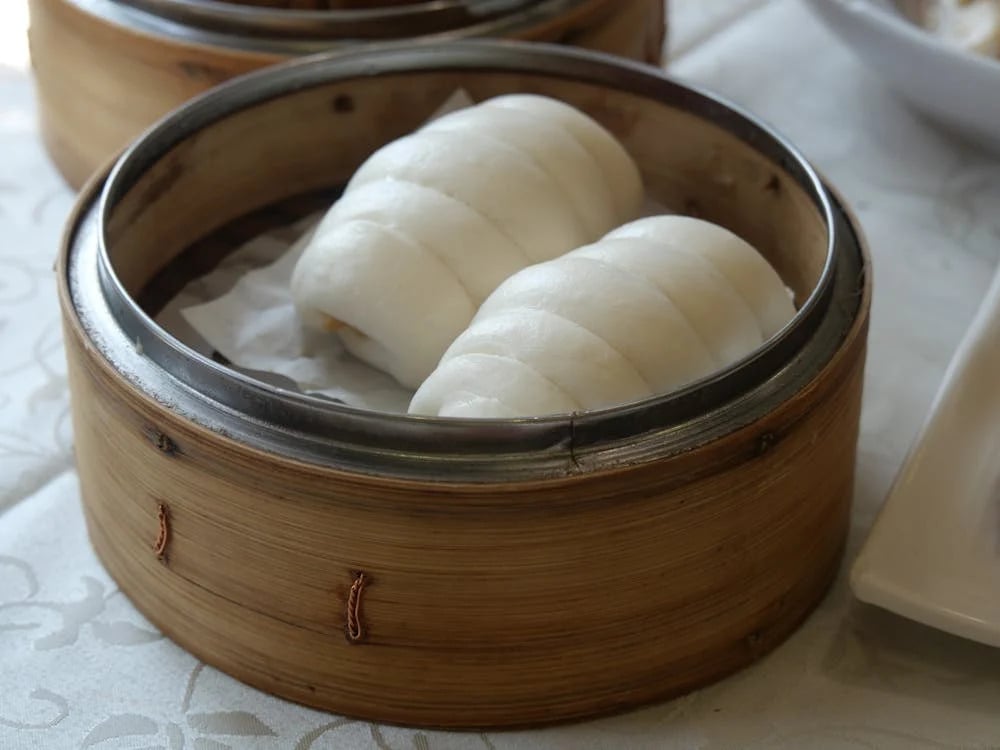
Illustration photo: Pexel
The dumplings were baked in an oven at 1,100 degrees Celsius for two hours, converting them into biomass carbon material. The researchers then mixed the carbonized dumplings with CL-20, creating a highly effective mixture.
This method offers several significant benefits. The voids formed in the carbonized cake act as a protective layer for the CL-20 particles, reducing the risk of accidental explosion during transportation or storage.
At the same time, when the explosive is activated, these voids act as miniature reactors, increasing the internal pressure and helping the combustion process to take place more quickly and powerfully.
This innovation not only improves performance but also reduces production costs. Previously, scientists used high-tech materials such as graphene to improve CL-20, but these materials were too expensive for large-scale applications. Steamed buns, on the other hand, cost extremely little (just over 1 yuan each), making this method economically feasible.
Research on CL-20 in China began in the 1970s and its molecular formula was first published in 1994. Since then, Chinese scientists have been constantly improving to produce this complex chemical at low cost.
However, increasing the power of the CL-20 always comes with a high risk of stability. The steamed bun method effectively solved this problem, and at the same time opened the way for many new applications in the military field, including high-energy solid fuel for missiles.
Meanwhile, the US has also conducted research and development of CL-20 since 1987, but the large-scale application of this explosive has encountered many difficulties due to high production costs and technological challenges.
Hoai Phuong (according to SCMP, 6do)
Source: https://www.congluan.vn/cac-nha-khoa-hoc-trung-quoc-tao-ra-vua-thuoc-no-bang-banh-bao-post330664.html








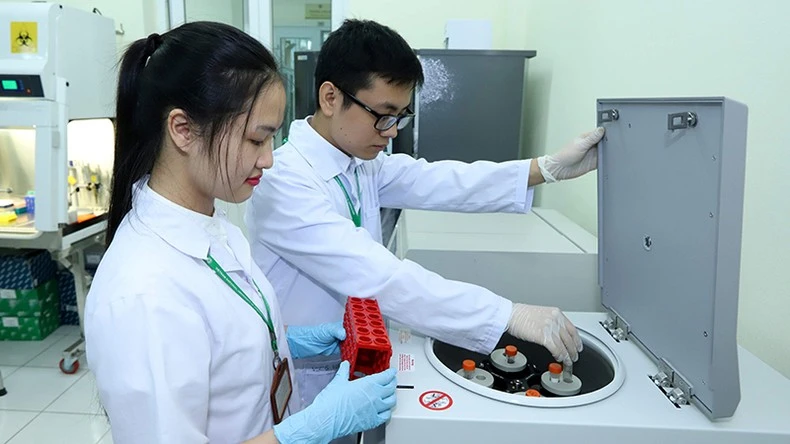




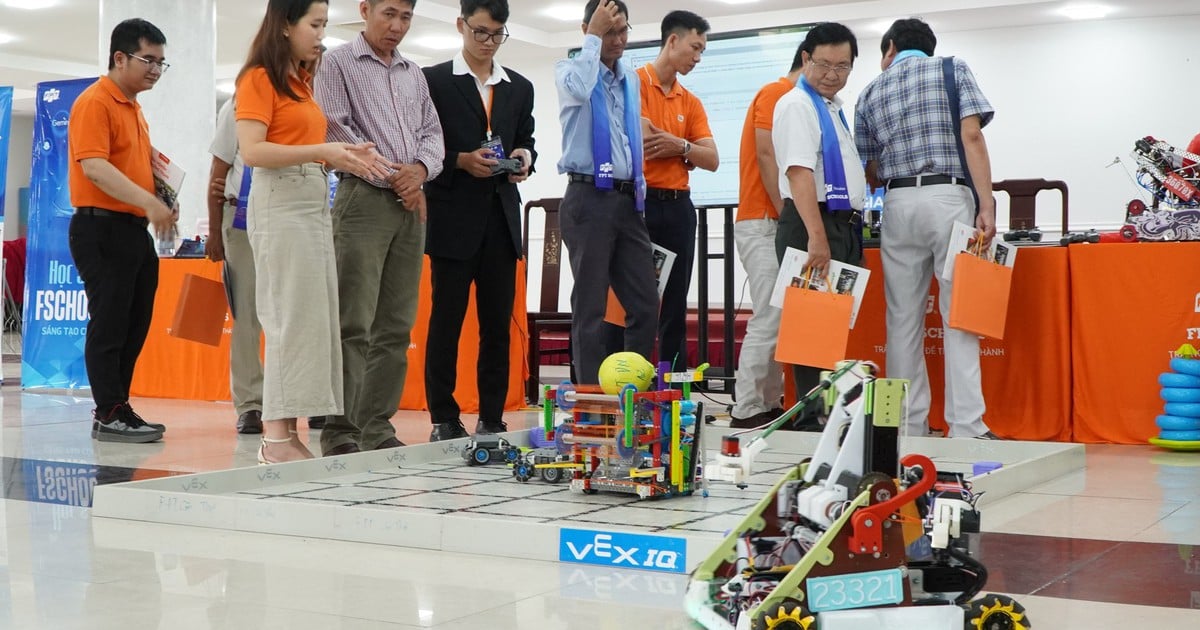





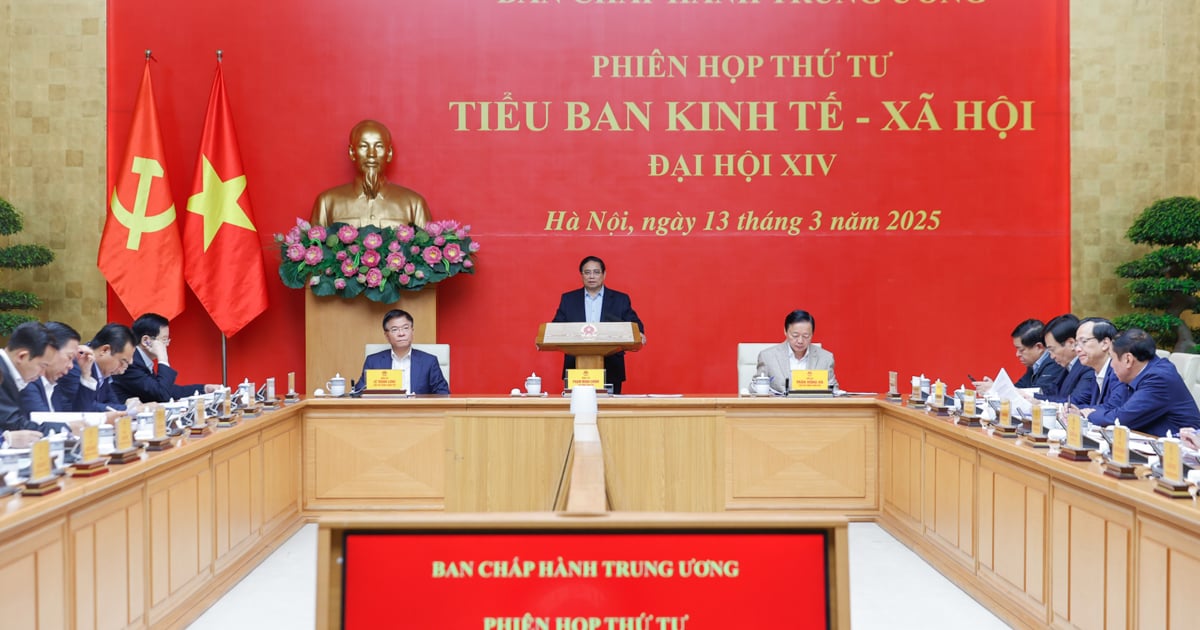



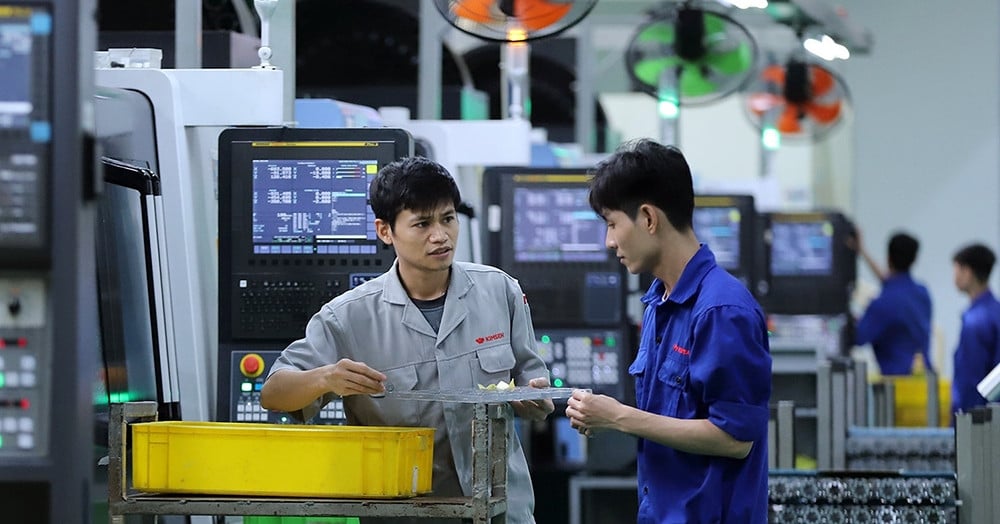















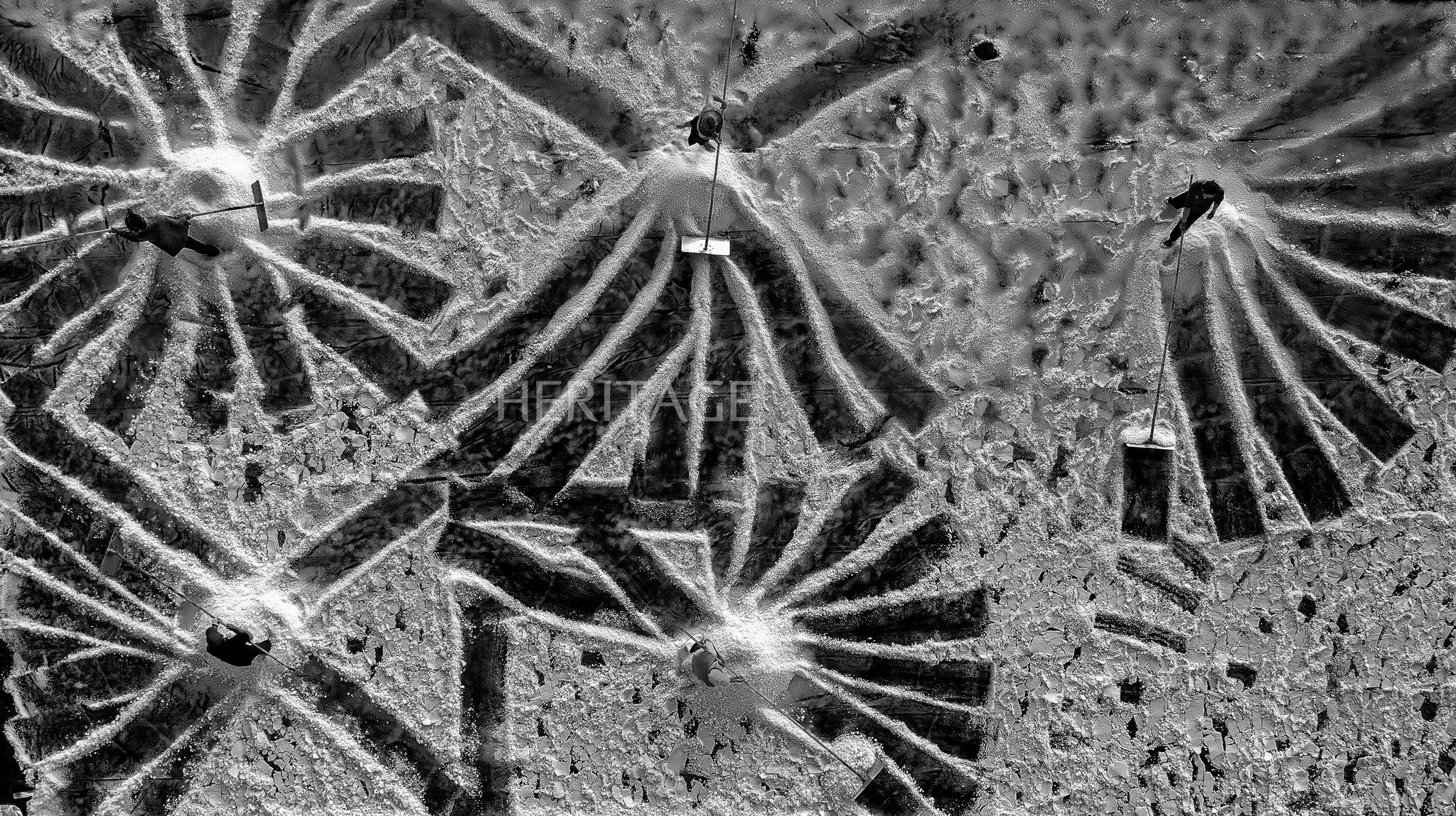



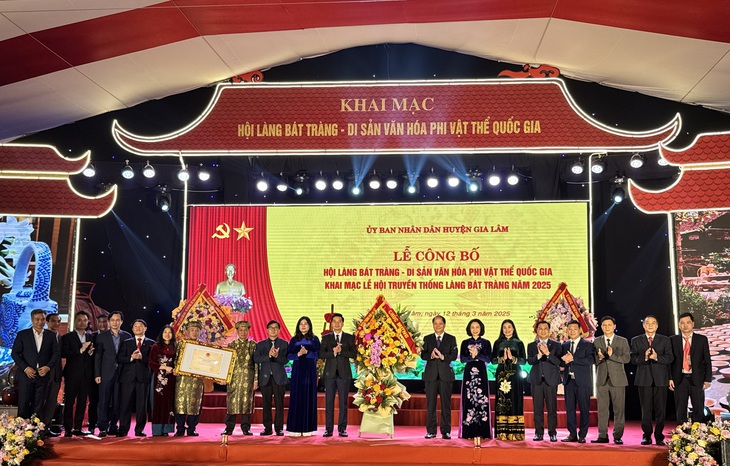




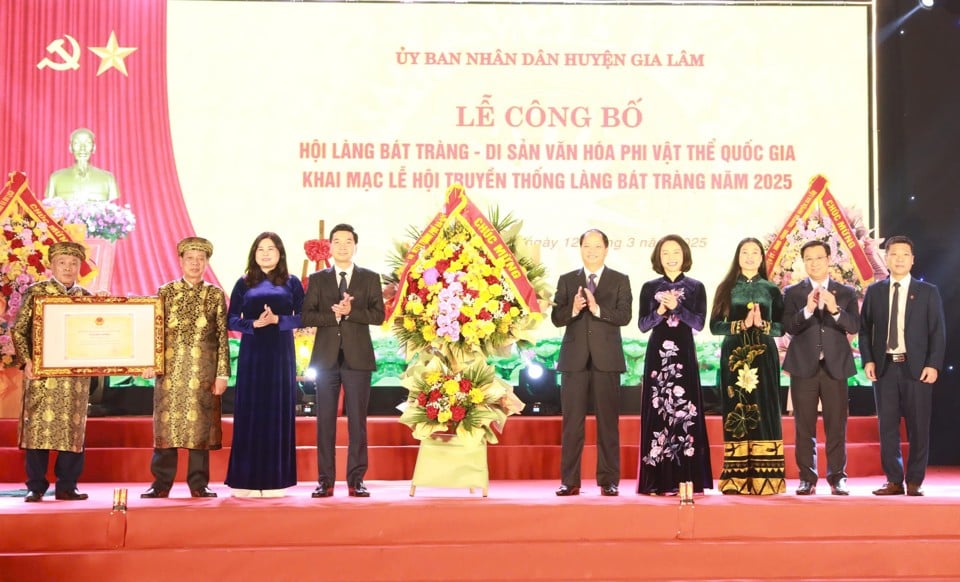
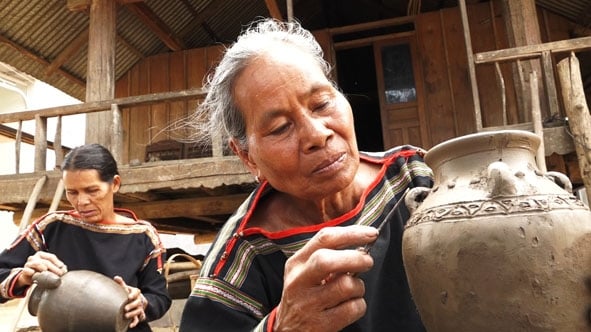














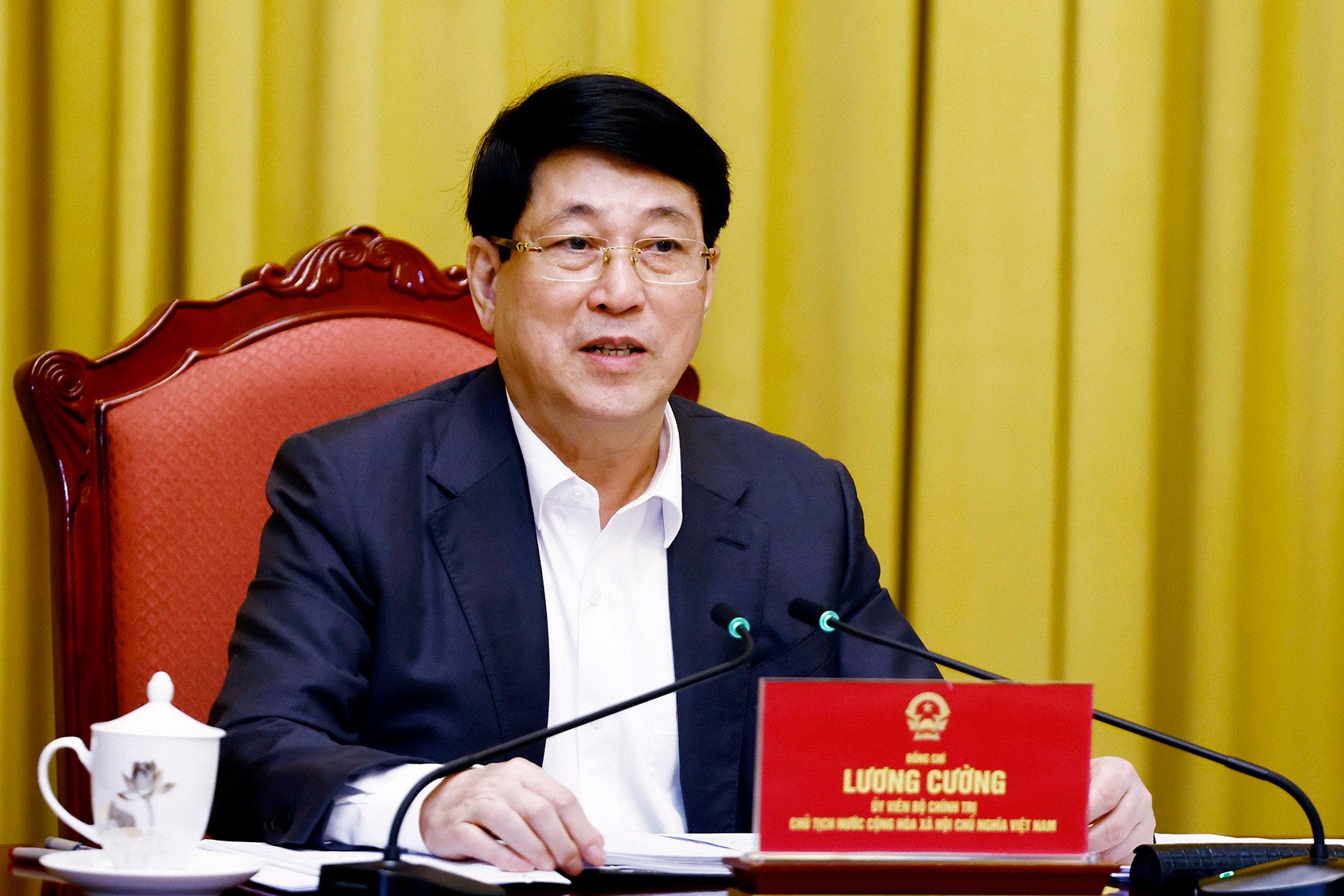







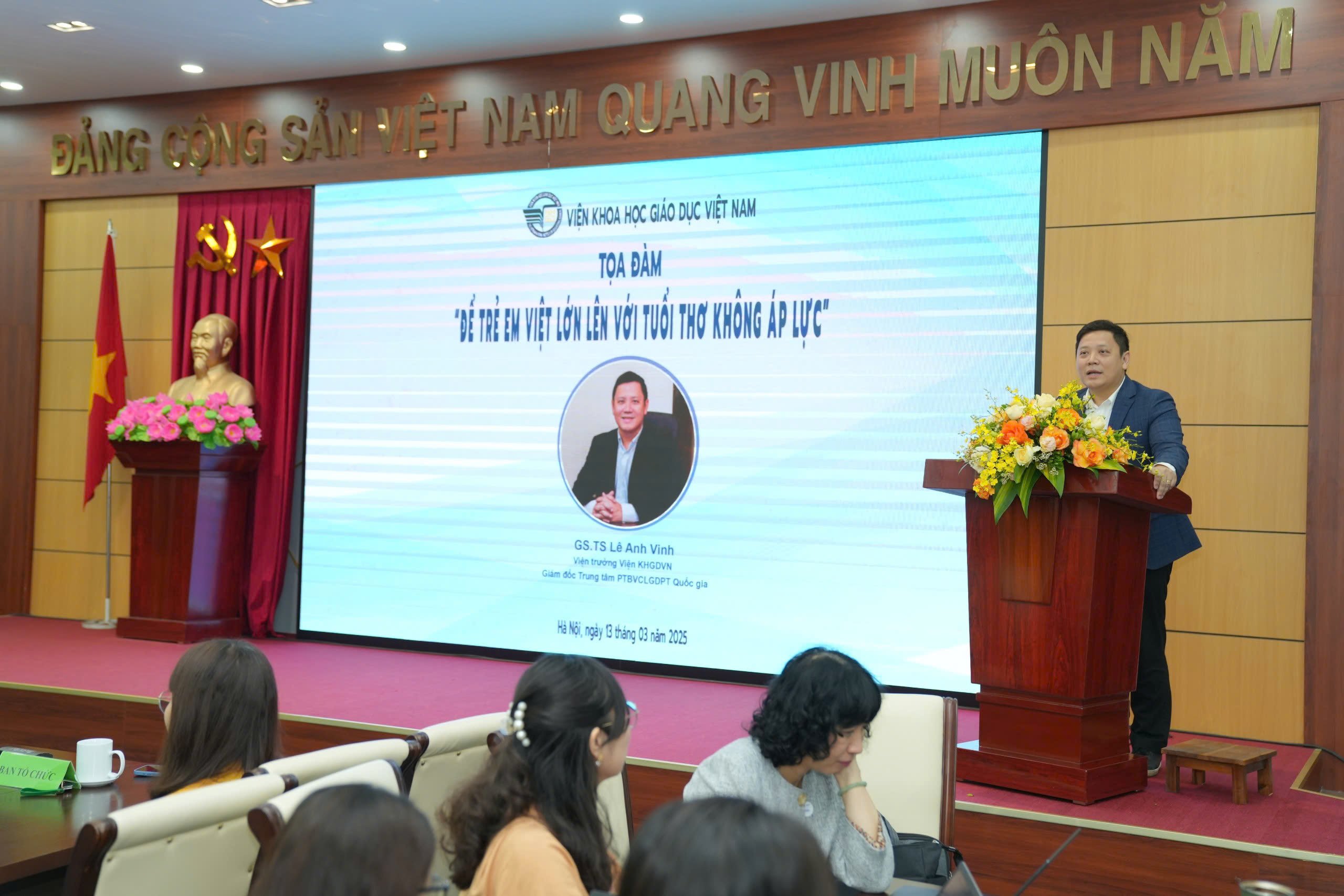




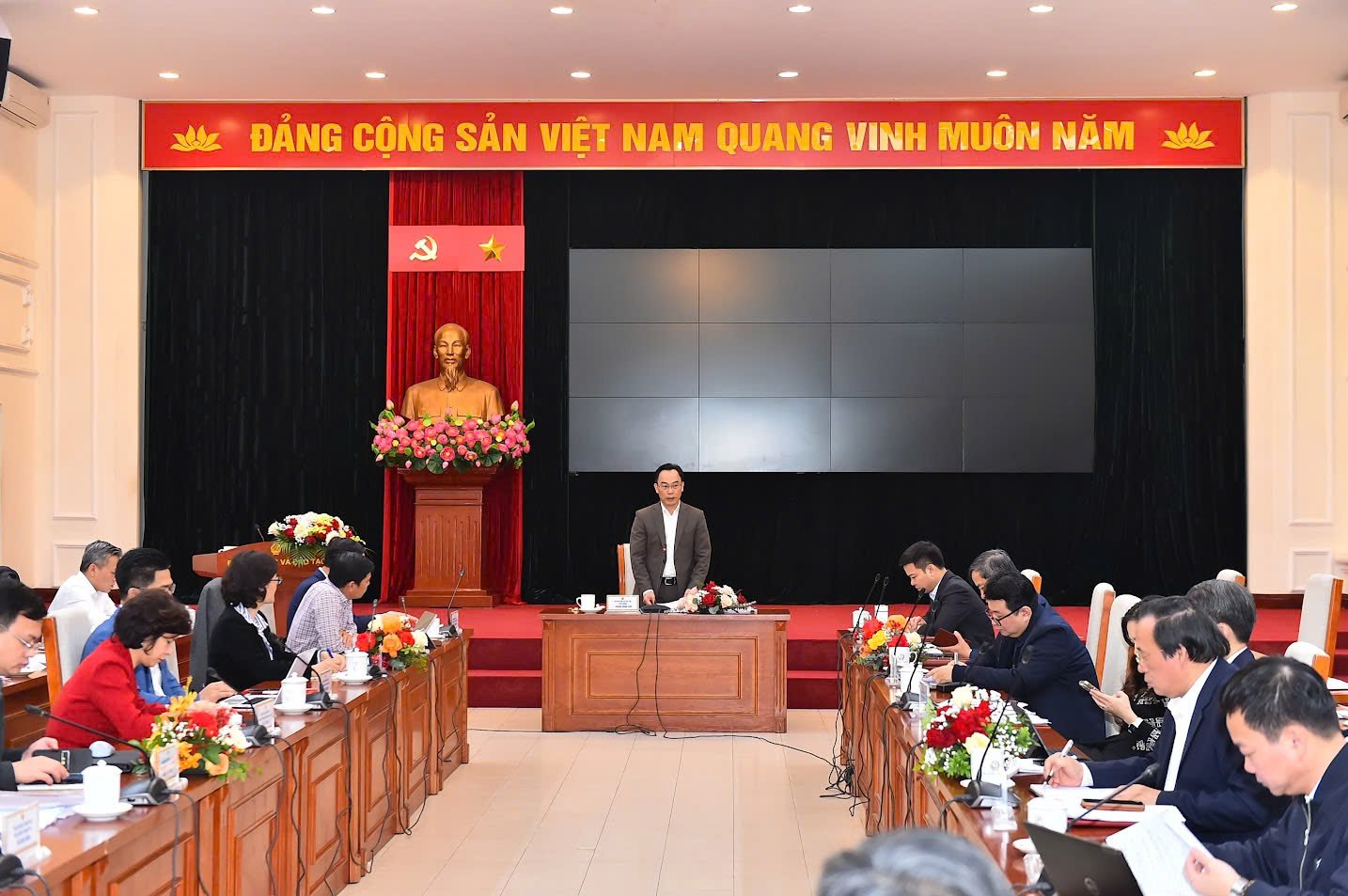








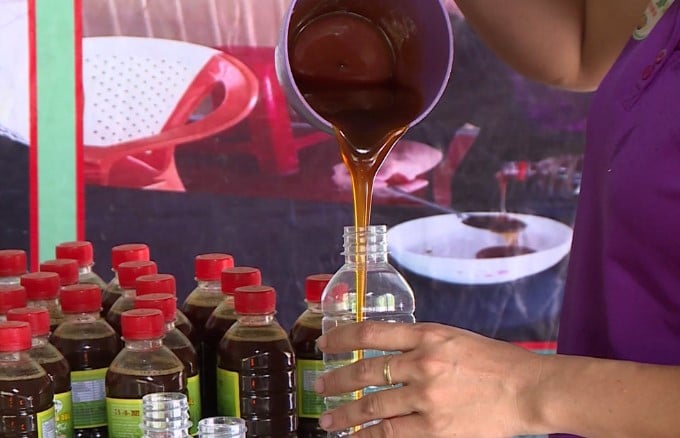



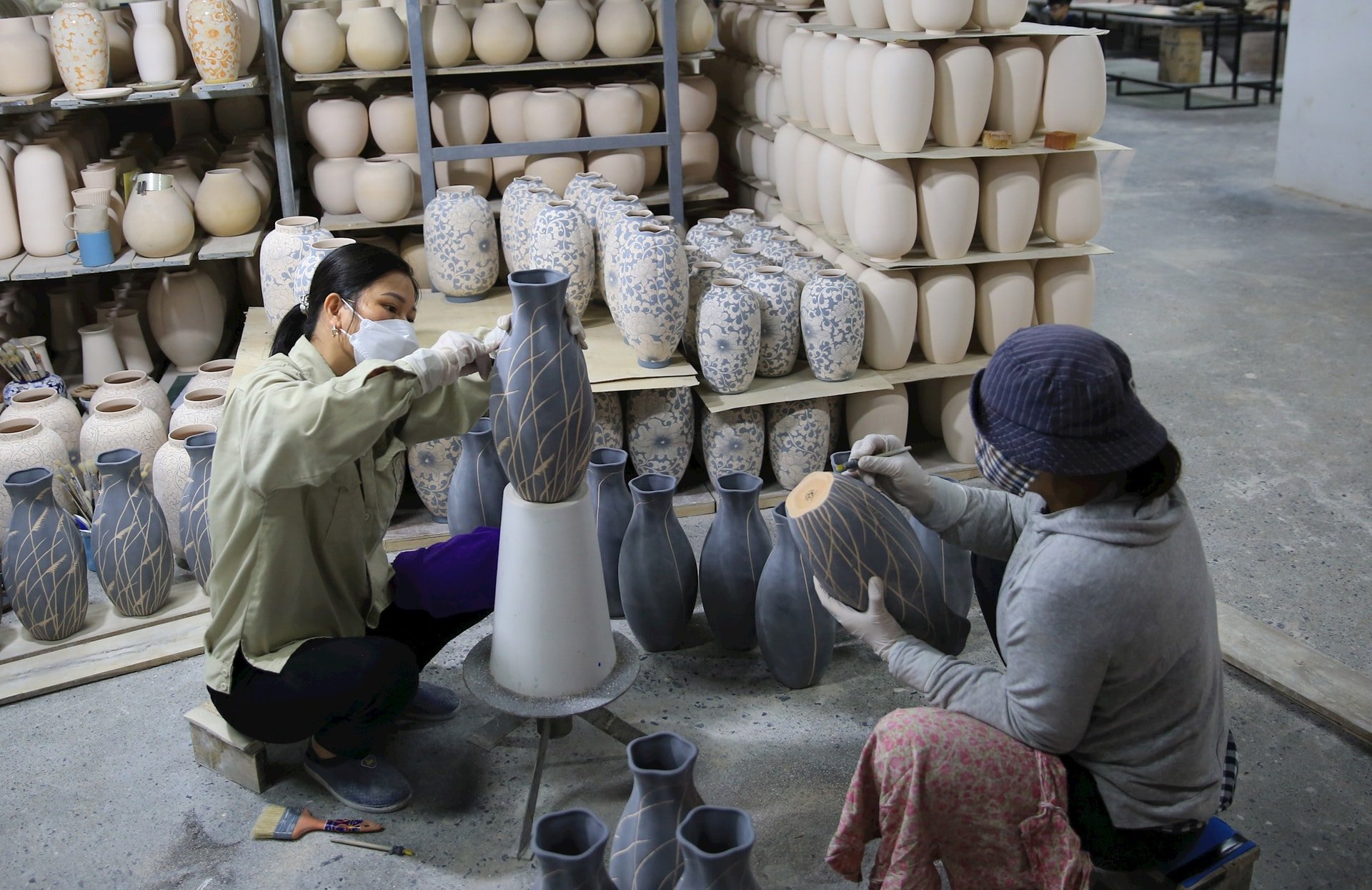

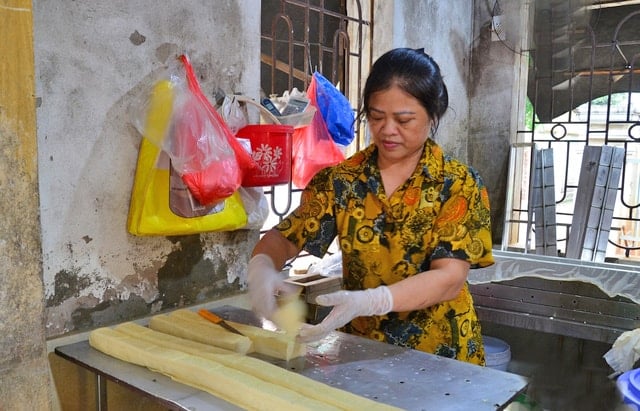
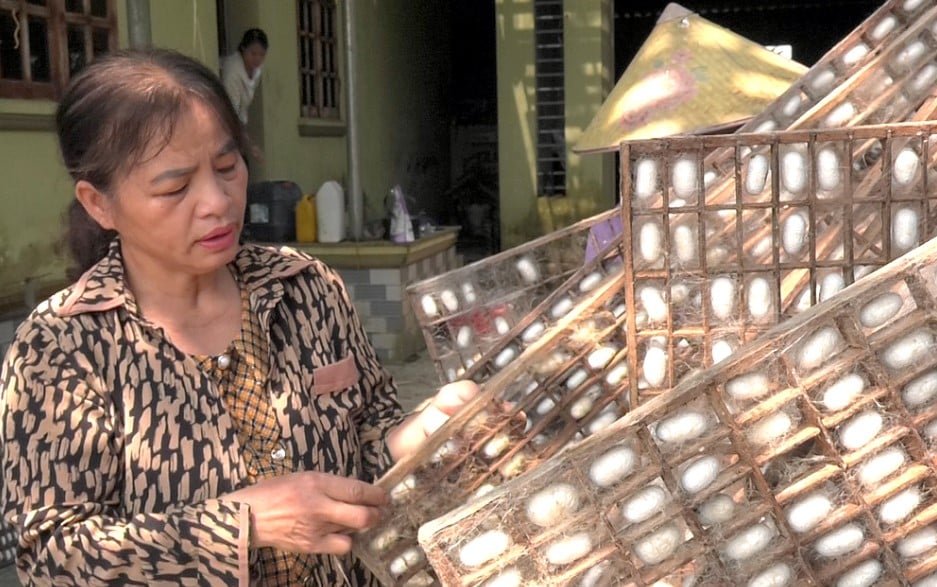
Comment (0)